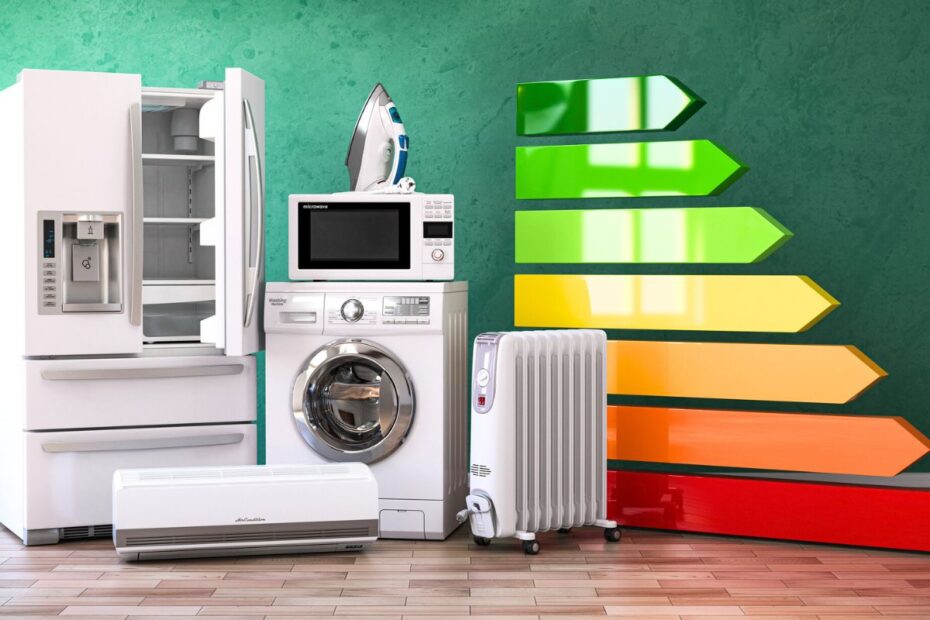Most people assume their oven or washing machine is the main culprit behind high energy bills. But one of the biggest offenders is much less obvious — and it’s running 24/7 in nearly every home. The refrigerator quietly ranks as one of the most energy-hungry appliances in your household, often accounting for nearly a quarter of your total electricity use.
The biggest energy guzzler in the home
According to energy agencies, a standard refrigerator consumes between 200 and 500 kWh per year, depending on its size, model, and efficiency rating. Add in a freezer, which can use another 100 to 500 kWh annually, and together they can push your bill significantly higher.
To make matters worse, if your freezer isn’t regularly defrosted, it works harder than necessary, driving consumption even further up. That extra layer of frost could be costing you real money.
Other high-consumption appliances
The fridge isn’t alone. Several other common household devices also eat through electricity faster than you might think:
-
Electric heaters: up to 3,800 kWh per year.
-
Clothes dryers: around 350 kWh annually.
-
Washing machines: about 190 kWh per year.
-
Dishwashers: roughly 240 kWh per year (around $45 in costs).
-
Electric cooktops and ovens: anywhere from 130 to 236 kWh annually.
Meanwhile, smaller kitchen devices like kettles, coffee machines, and microwaves may seem minor, but frequent daily use makes them surprisingly impactful on your bill. Even your Wi-Fi router, computer, and gaming console add up if they’re constantly left on or in standby mode.
Should you unplug appliances to save money?
Yes—and no. Some devices keep using power even when they’re not in active use. Known as phantom load or “standby consumption,” this hidden energy drain can make up a noticeable share of your bill. Items like toasters, microwaves, Wi-Fi boxes, and laptops are worth unplugging when not in use.
But don’t go pulling the plug on everything. Essential appliances like your refrigerator and freezer need to stay on unless you’re leaving home for more than two weeks. In that case, empty and clean them before shutting them down to avoid food waste.
Easy ways to cut energy costs
If you want to save money without sacrificing comfort, small changes can make a big difference:
-
Regularly defrost your freezer to reduce strain.
-
Keep your fridge at the recommended 37–40°F (3–4°C) and your freezer at 0°F (-18°C).
-
Avoid overloading appliances like dryers and dishwashers.
-
Switch off devices at the plug instead of leaving them in standby mode.
-
Consider upgrading to energy-efficient models if your current appliances are older.
With energy prices still high, paying attention to these hidden costs can help you keep bills under control—without having to give up your morning coffee or Netflix binge.
